Why Charles and Camilla may not be amused
In the new series of The Crown, the acrimonious marriage of the Prince of Wales to Diana is laid bare. He does not come out of it well.
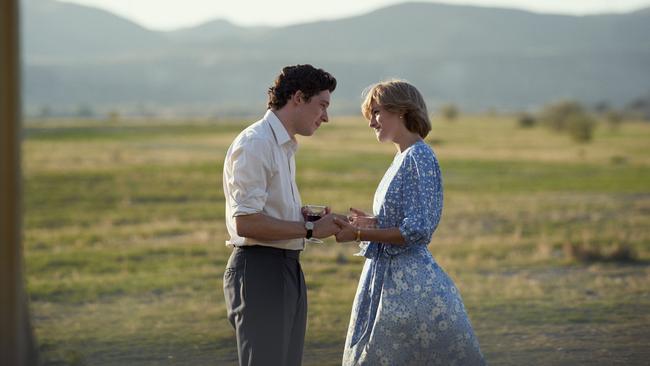
If Prince Charles watched the previous series of The Crown, he might have allowed himself a satisfied smile. His portrayal was largely sympathetic: the young prince, constrained by duty and tradition, keen to make his mark and speak out about his passions. True, the Queen is brutal. Nobody cares what you think, she tells Charles. “No one.” Yet before his investiture as Prince of Wales, he is dispatched to the land of his title to be taught Welsh by a republican Welsh nationalist, and even he warms to the hapless, friendless prince.
This may have lulled our heir to the throne into a false sense of security before season four. I’ve had a sneak preview, and put it this way: I hope there’s plenty of room behind the sofa at Highgrove for him and Camilla to watch it through their fingers.
This is the series when we finally meet Diana. There have been endless adaptations of the Diana story on film and TV, but this is the first to star an actress who nails it. Emma Corrin, the 24-year-old newcomer who plays Diana, is uncanny: the voice, the mannerisms, the big blue eyes. Yet Charles, Camilla and pretty much the entire royal family, apart from Princess Anne and Princess Margaret, are cast as the villains of the piece.
Charles is portrayed as complex and petulant, a spoilt man and a faithless husband who never broke off all contact with his ex and never intended to. Camilla is a chain-smoking, red-wine-drinking schemer who never really let him go, even after she married someone else. That’s just the beginning. Wait till you get to the bit where Camilla takes the newly engaged Diana to lunch at a restaurant called Menage a Trois – which really existed in the 1980s – and ruthlessly undermines her with intimate knowledge of her fiance.
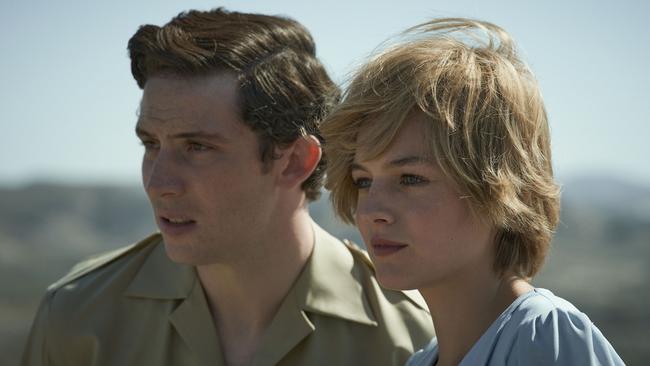
“He obviously tells you everything,” a downcast Diana tells her. “Well,” Camilla replies nonchalantly, dragging on a cigarette, “we do talk most days.”
Some of us have always been cynical about the whole poor Saint Diana victim narrative and the hysteria that surrounded her death. I’ve warmed in recent years to jolly, hearty Camilla, who God knows must love Charles if she was prepared to give up her life of private, upper-middle-class leisure for the gilded cage of the monarchy. The Crown isn’t a fly-on-the-wall documentary, it is true, but nor is it complete fiction. Thanks to the interviews given by Charles and Diana, and the books they authorised, we have plenty of first-hand reports from both sides about what went on in their marriage.
There’s the bracelet Charles gave Camilla shortly before his wedding, intertwined with the initials of their nicknames, Fred and Gladys (or not, depending on whose version you accept). There’s the account that Diana gave Andrew Morton for his 1992 book, Diana: Her True Story, of hearing Charles tell Camilla, when Prince William was still a toddler, that he would always love her. The photographs of Camilla that fell out of Charles’s diary on his honeymoon, and the photographs of Diana, shrinking before our very eyes, as bulimia took hold. Look back and you can see the happy, rosy-cheeked girl of the engagement photos turning quickly into a gaunt, unhappy young woman with jutting collarbones.
So yes, Charles and Camilla’s is a genuine love story. Yes, Diana is long gone, and two elderly people are finally happy. Yet the collateral damage of their enduring love affair was that it doomed Diana’s marriage to failure from the very beginning.
In The Crown Diana is first seen aged 16. Charles is visiting Althorp to see her elder sister, Sarah, and Diana is under strict instructions to make herself scarce. “Sorry,” she tells Charles when she bumps into him, “I’m not here.”
Fast-forward a couple of years, and the still unmarried Charles is taken to task by his mentor, Lord Mountbatten, for failing to conceal his infatuation with Camilla. She is now married to Andrew Parker Bowles, a major in the Blues and Royals, who in real life is said to have inspired the handsome cad Rupert Campbell-Black in Jilly Cooper’s novel Riders. Mountbatten is pictured in The Crown writing to Charles in 1979, shortly before he is murdered by the IRA.
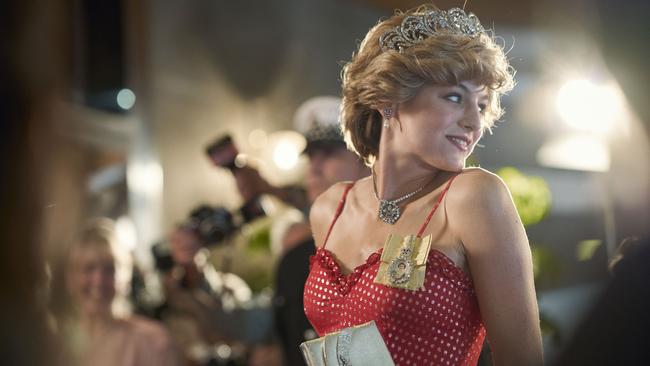
He tells him that it is his duty to forget Camilla and instead to marry a “sweet, innocent, well-tempered girl with no past who would follow the rules”. Charles is shown bumping into Diana again and inviting her on a date. In The Crown they go to the opera with a chaperone. She tells him she loves Verdi, and Charles invites her to Scotland to be auditioned by his family. Then the prime minister Margaret Thatcher fails the Balmoral Test, as The Crown calls it, by wearing the wrong clothes to tea. Diana passes with flying colours, Prince Philip literally gives Charles the nod, and he is pretty much told to get on with it and marry her. He phones Camilla to tell her that Diana got “rave reviews from the whole ghastly politburo”.
“Gosh,” Camilla says, in tears. “This was always going to happen. Someone was bound to come along.”
Diana later told Morton that she once asked Charles: “Did you ever love me?”
“No,” he replied.
In her 1987 biography of Charles, Penny Junor wrote: “He is one of the saddest people I have ever encountered. His entire life has been sacrificed to duty. He has been criticised, he has been hounded, he has been ridiculed and still he battles on, carrying his bruised and fragile ego into another minefield of controversy.”
While the nation was fed the line that the marriage was a royal fairytale, it was actually another minefield of the royal family’s own making. What’s jaw-dropping as you watch The Crown is the reminder that this was an arranged marriage, but without the knowledge or consent of the bride. Princess Margaret, portrayed by Helena Bonham Carter, warns the Queen that the marriage is doomed. Charles is in love with someone else, she says. Nonsense, the Queen says. Charles will simply juggle both women. “That’s how it works. That’s how it’s always worked.”
And indeed it was. Camilla’s great-grandmother was mistress to the Prince of Wales of her day, later Edward VII. It was in the genes. Nobody told Diana. “Here is the stuff of which fairytales are made,” the Archbishop of Canterbury intoned at her wedding on July 29, 1981.
In Australia 18 months later, Diana is portrayed in Peter Morgan’s script as the devoted mother and Charles as the distant, dutiful prince. In one scene a furious row erupts on the flight when Diana discovers that she is to be separated from Prince William for weeks. In real life, and with the fairytale love-match narrative still in full swing, the Australian press reported that Diana seemed uneasy, “even glum” on arrival.
As they posed on the tarmac at Alice Springs for photographers, Charles was overheard by the press joking to an unamused Diana that William already had a fly on him. On the actual visit to Uluru, pictures taken at the time show Diana wilting in the heat. In The Crown Charles is impatient and tetchy with her and tells her to pull herself together. He is shown as jealous of her evident popularity, taking solace in frequent phone conversations with Camilla.
“She’s pathetic,” Charles tells Camilla in one jaw-dropping scene. “So weak, so fragile, letting the side down wherever she goes.”
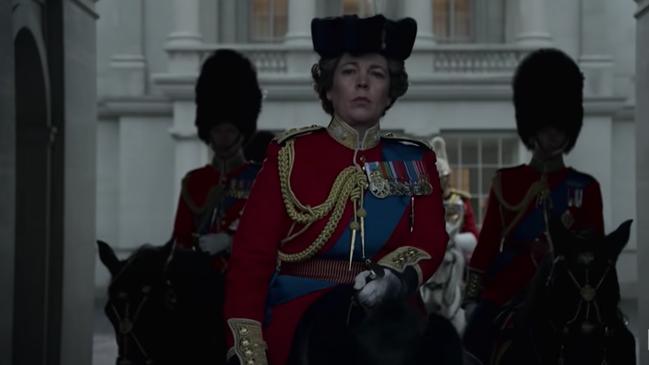
Letting the side down was later revealed by Morton to be one of Diana’s biggest fears and a constant source of insecurity, feeding into her bulimia. Several of the new season’s episodes start with a warning that they contain scenes of an eating disorder, with advice on where to get help. Yet at the time nobody helped Diana and eating disorders were less understood. There is gossip at Kensington Palace; Princess Margaret tells the Queen that Diana is wretched and “doing things to herself”.
It rings entirely true, to me, that Charles, with his huge, fragile ego, was miffed that his wife was the star of the show. She was supposed to be the sweet, well-tempered girl who produced an heir and a spare with minimum fuss. Instead, she was turning into a superstar. Conversely, a scene when they return from Australia doesn’t ring true: the Queen accuses Diana of grandstanding and enjoying her success “rather too much”.
What’s staggering to watch, for those of us old enough to remember these events, is that the marriage was unravelling from the very start. It was effectively over only three years after the wedding, with the birth in 1984 of Prince Harry.
Yet the royals feared not just terrible headlines if the fairytale was shown to be a sham, but constitutional calamity. The future head of the Church of England could not be allowed to divorce, let alone to remarry. It wasn’t until 1992 that they separated, and 1996 when they divorced. Long before, in The Crown, Princess Anne is asked by the Queen about the true state of the Waleses’ marriage and replies: “Once upon a time, a beautiful young girl fell madly in love with a handsome prince. Unfortunately, the prince was already in love with someone else, who was herself in love with someone else, and they all lived unhappily ever after. That’s it. In a nutshell.”
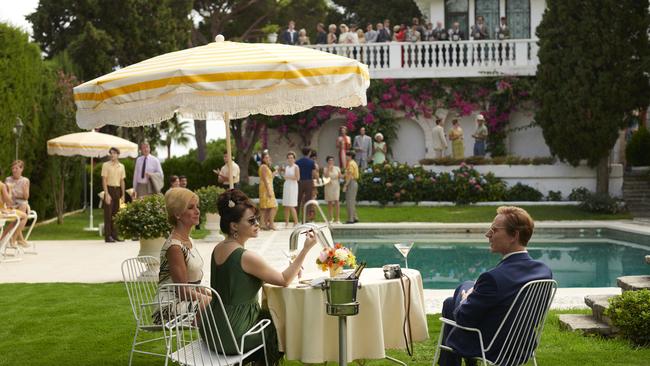
And so the unhappy saga unravels all the way to a miserable Christmas at Sandringham. The episode, covering 1989 and 1990, is called simply War. Thatcher is forced from office. A nervous Diana undertakes a solo visit to New York. She had, the press reported at the time, taken the city by storm. In The Crown Charles tells her it was an ugly exercise in self-advancement, while Camilla, watching the footage with a bottle of red and a packet of cigarettes, concludes that she can never win a popularity contest with Diana. Her romance with Charles is doomed, she tells him. Diana is young, beautiful and the Princess of Wales. Camilla, is the mistress. My jaw dropped as I watched a furious Charles hurling abuse at Diana for making Camilla miserable. At Sandringham Prince Philip tells Diana that Charles will “come round” and tire of Camilla in the end. Diana – who is not yet 30 – effectively retorts that she has no intention of waiting.
The abiding image of this series is of Diana, radiant in public, but in private making herself sick in a ballgown. One scene features Charles and Camilla at a house party in the 1980s, portrayed as the most seamless, intimate double act as they tell a joke together, fully accepted as a couple.
Poor Diana. For all her beauty and charm, she never stood a chance. Charles never wanted her, and in the end he got his way. In a television documentary to mark 20 years since their mother’s death, William and Harry pointedly declined to make any mention of their father’s role in their upbringing. At the time I felt sorry for him. Now? Not so much. On November 15 Charles will peer over the back of the sofa at his peril. And Camilla might need a stiff drink. (The Crown is on Netflix from Sunday)

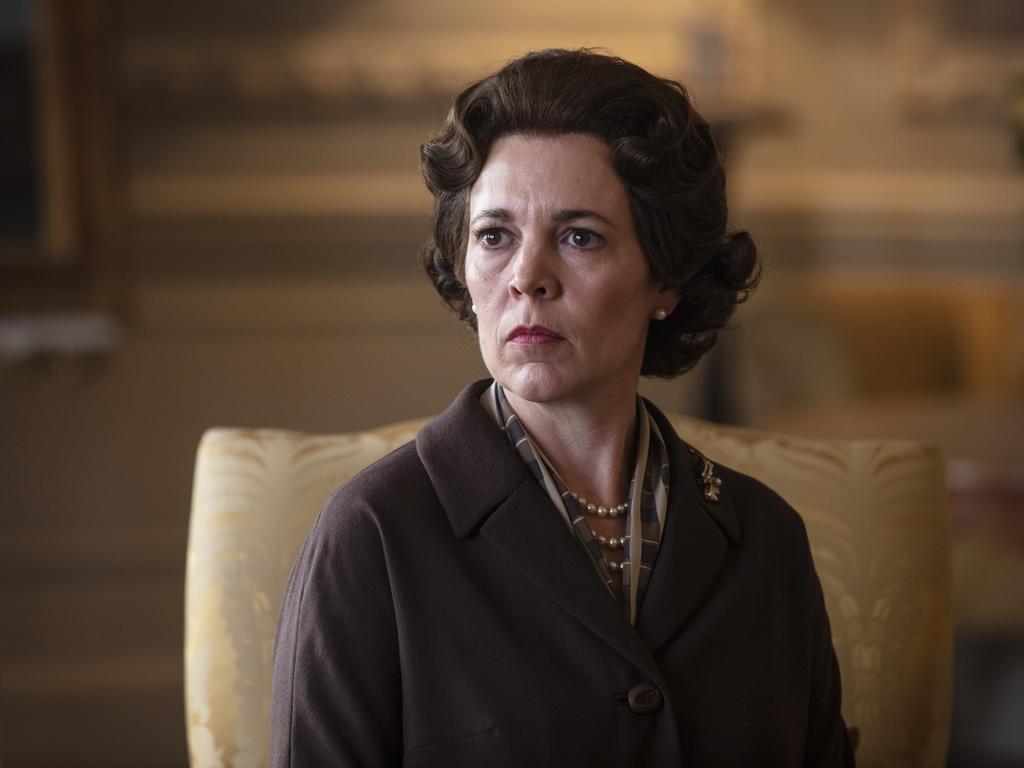


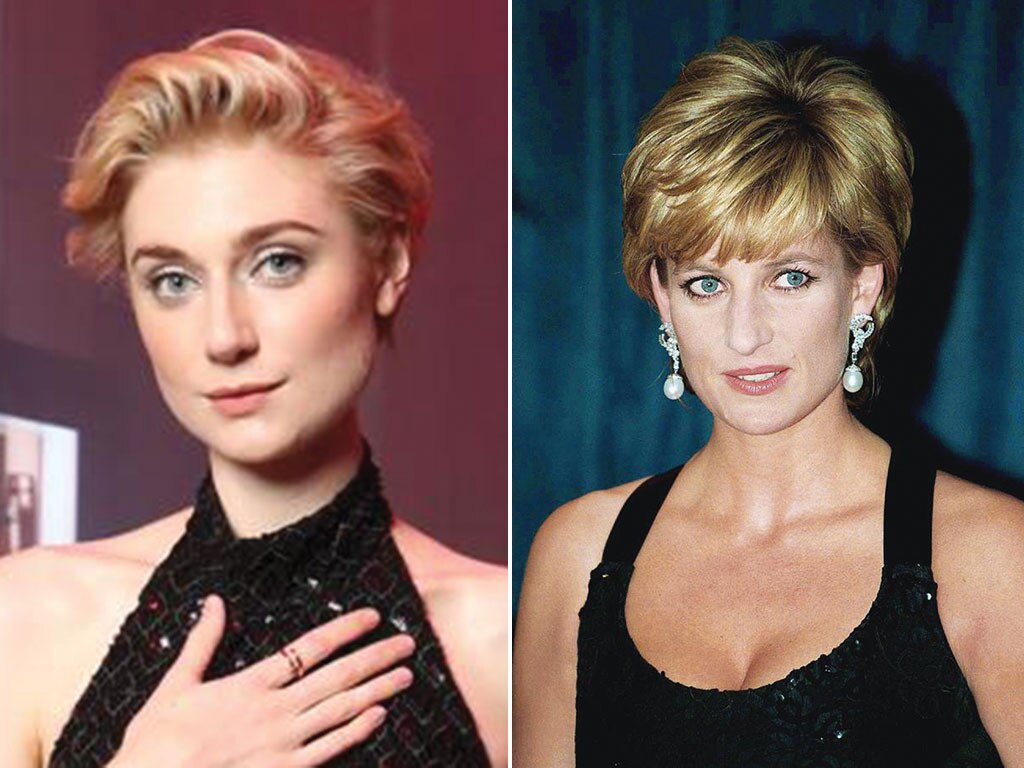
To join the conversation, please log in. Don't have an account? Register
Join the conversation, you are commenting as Logout